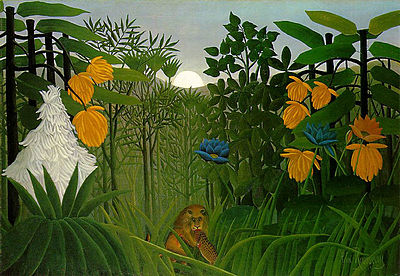JANUARY 21, 2022 – Yesterday, to avoid invisible Greek inside the elevator at the specialty clinic, I trudged up four flights of stairs. Because of the extreme cold outside, I remained bound under extreme wraps inside. Plus, breathing was labored because of my tight-fitting, double mask. My upward plod in the stairwell became an enjoyable simulation of summiting Mt. Everest. The thin air was calm and clear. I could see forever.
As I trudged, I recalled something I’d written over two decades ago in the Acknowledgments section of “the book”:
If in conceptualizing this book I had known what it would take to publish it, I never would have forged beyond the first page. So it is with many achievements in life: our naiveté protects us from reality until our commitment is irreversible. [Emphasis added]
Little had I appreciated the full import that that thought would have in my life.
While sitting for an hour-long IV session at the summit of Everest yesterday, I read—then re-read—the first chapter of Neil de Grasse Tyson’s book, Astrophysics for People in a Hurry. Fortunately, I was not in a hurry. Tyson’s writing is as densely intense as the book’s subject matter was at the earliest stage of cosmic development. (For example, Tyson’s starting point is where the volume of all matter of the universe was “one trillionth the size of the period that ends this sentence.” He proceeds to explain that the razor-thin asymmetry between matter and anti-matter—an imbalance essential to . . . existence of the universe. This reduced my reading to a full stop.)
As I underscored nearly every line of the book, I realized I was experiencing another application of . . . naiveté.
Without a heavy dose of naiveté, I wouldn’t have “summited” Everest; and more important, I wouldn’t have “signed up” for any of the surrounding peaks—or valleys—that I’ve been scaling over the past month; I wouldn’t have cracked open Tyson’s book and in a non-hurried way, try to absorb his orderly command of scientific knowledge; I wouldn’t hope or dream or attempt much of anything.
Naiveté, I’m convinced, is humankind’s greatest asset, our most potent survival tool. As we age, however, a lot of our naiveté fades. Despite having leveraged it to the hilt, we flip it inside out. We take pride in being less naive; we tousle the naive, unruly hair that hangs over the starry eyes of youth and say, “It can’t be done,” or “If you had more experience you’d understand,” or “Nice try, but that dog won’t hunt—today, tomorrow, or ever.” And in (naive) smugness, we push back in our recliners and watch another turn of the same old news.
Among the many lessons I’m learning along my current course is that for every problem there’s a solution; for every crisis, there’s hope; for every wall, there’s a ladder; for every unknown there’s a known; for every lock, there’s a key, and the universal key is . . . naiveté, to be worked and reworked until it turns the lock and opens our sights to new horizons.
(Remember to subscribe to this blog and receive notifications of new posts by email.)
© 2022 by Eric Nilsson

2 Comments
Fabulous entry! Thank you and, as always, wishes for healing.
Wonderful insight, once again, Eric. Dylan’s “Forever Young” may be a tributary to this river of thought – Sally
Comments are closed.